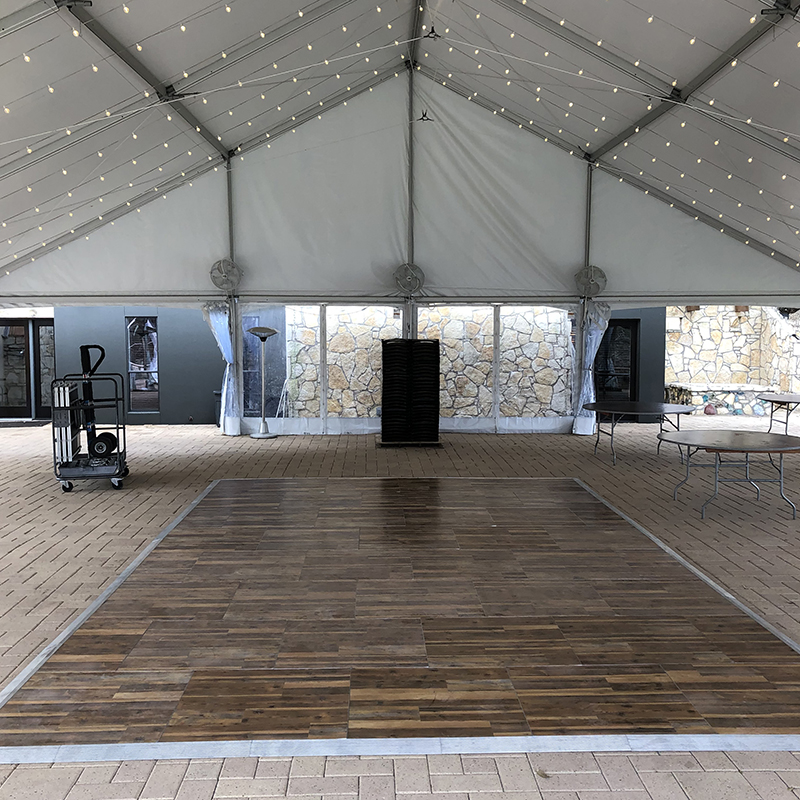Enhancing Ingenuity Through Hue Principles within Illuminated Dance Surface Creations
Enhancing Ingenuity Through Hue Principles within Illuminated Dance Surface Creations
Blog Article
Hue concept represents an important aspect of design, especially as it relates to creating LED dancing surfaces. The interaction of colors can greatly influence the mood and energy of a venue. Through understanding how colors work together, creators can create an ambiance that improves the total experience for participants. This piece explores the fundamentals of color principles and its application in LED dancing surface designs.
The primary colors are crimson, azure, and golden. These hues cannot be created by blending different hues combined. Intermediate colors, such as green, orange, and purple, are created by mixing primary colors. Tertiary hues are created by combining a main hue with a intermediate hue. Grasping these basic relationships helps creators choose hues that enhance one another and produce a aesthetically pleasing show. Mixing these colors on an LED dancing floor can result to vibrant and stimulating outcomes that attract the focus of dancers.
Color temperature also holds a crucial part in aesthetics. Hues can be classified as warm or cool. Warm colors, such as crimson, tangerine, and golden, often to evoke feelings of excitement and warmth. In opposition, chill colors like blue, green, and purple often generate a serene and tranquil environment. Designers can use these color values to establish the ambiance for different types of events. For example, a celebration environment may gain from hot colors that energize the audience, while a further calm event might use cool hues dance floor rental for gala events to offer a calming effect.
In addition to color pairings and value, luminosity and saturation are vital factors to take into account. Brightness refers to how bright or dark a color appears, while intensity indicates the intensity of a color. Bright, saturated hues can generate a lively and lively environment, ideal for dancing floors. On the contrary hand, softer, less intense hues can create a more subdued environment. Through adjusting brightness and saturation, designers can draw attention to specific sections of the dancing surface or create visual routes, guiding participants through the space.
Ultimately, it is essential to take into account the psychological impacts of hue in LED dance surface designs. Various hues can evoke various feelings and responses. For example, crimson is frequently associated with zeal and vitality, while blue can be calming and tranquil. Grasping these connections enables designers to strategically apply hues site to influence the behavior of participants. Through incorporating hue principles into LED dance floor layouts, designers can enhance the overall encounter, rendering it memorable and pleasurable for everyone involved.